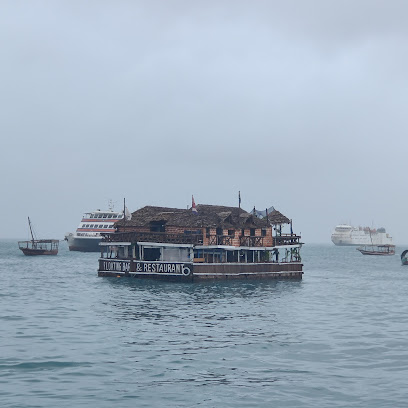
Explore the East Africa Slave Trade Exhibition: A Journey Through History
Discover the profound history of the East Africa Slave Trade at the exhibition in Stone Town, Zanzibar, where stories of resilience and remembrance come alive.
The East Africa Slave Trade Exhibition, located in the heart of Stone Town, Zanzibar, is a poignant tribute to the region's complex past. This captivating exhibition offers tourists an insightful glimpse into the history of the slave trade in East Africa, with thought-provoking displays and artifacts that tell the stories of those affected. As you navigate through the exhibition's carefully curated spaces, you'll gain a deeper understanding of Zanzibar's role in the global slave trade and the lasting impact it has had on the region. A visit here is both educational and moving, making it a must-see for any traveler eager to learn about this important aspect of history.
A brief summary to East Africa Slave Trade Exhibition (Slave Chambers - Cathedoral Church Of Christ)
- R5PV+J2J, Tharia St, Zanzibar, Stone Town, TZ
- +255654674353
Local tips
- Allocate at least 1-2 hours to fully absorb the exhibits and emotional narratives.
- Consider joining a guided tour for a more in-depth understanding of the historical context.
- Visit during weekdays to avoid larger crowds, allowing for a more personal experience.
- Take advantage of the on-site educational resources for a deeper insight into the slave trade's impact.
Getting There
-
Walking
If you are in Stone Town, head towards the waterfront area. From Forodhani Gardens, walk east along the shoreline until you reach the intersection with Kenyatta Road. Turn left onto Kenyatta Road and continue walking until you reach the junction with Tharia Street. Turn right onto Tharia Street. Continue walking straight for about 5 minutes, and you will see the East Africa Slave Trade Exhibition (Slave Chambers - Cathedral Church of Christ) on your right.
-
Bicycle
Start from the main market area in Stone Town. Ride towards the waterfront and take a right onto Kenyatta Road. Cycle straight until you reach Tharia Street, then turn right. The exhibition will be a short distance ahead on your right. Make sure to ride safely and watch for pedestrians.
-
Public Transport (Dala Dala)
While there may not be a direct Dala Dala route to the exhibition, you can take a Dala Dala from the central bus station in Stone Town. Head towards a stop near the waterfront. From there, disembark and walk along Kenyatta Road until you reach Tharia Street. Turn right onto Tharia Street, and the exhibition will be on your right within a few minutes.
Discover more about East Africa Slave Trade Exhibition (Slave Chambers - Cathedoral Church Of Christ)
Iconic landmarks you can’t miss
Treffpunkt Guru Walk
0.1 km
Explore the vibrant cultural tapestry of Zanzibar at Treffpunkt Guru Walk, a historical landmark that captures the essence of the island's rich heritage.
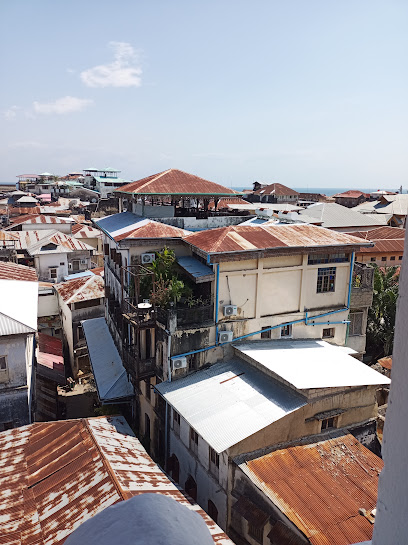
Tanzania Attractions
0.1 km
Explore the rich cultural tapestry of Stone Town, Zanzibar, where history, architecture, and vibrant markets await every traveler.
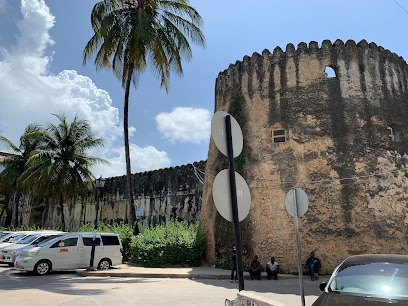
Vicoli e Porte di Stone Town
0.1 km
Explore the enchanting Vicoli e Porte di Stone Town, a historical gem in Zanzibar, showcasing a rich tapestry of culture and heritage.
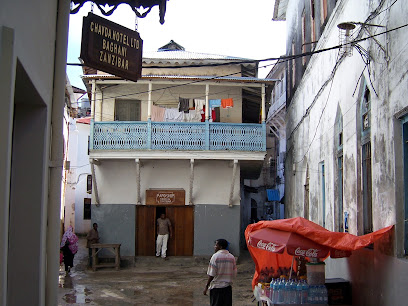
Stone town market
0.2 km
Discover the bustling Stone Town Market in Zanzibar, where vibrant culture meets local craftsmanship and delicious street food.
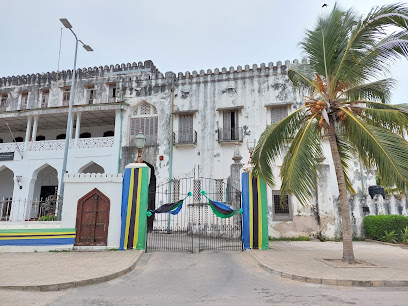
Masjid Barzakh
0.2 km
Discover the tranquility of Masjid Barzakh, a hidden gem in Stone Town, Zanzibar, showcasing exquisite architecture and cultural significance.
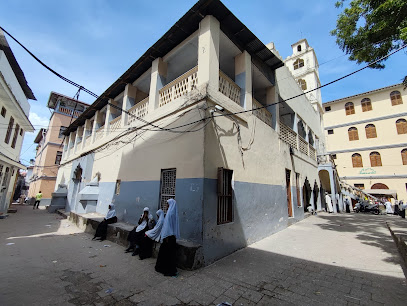
Shia Ithna Asheri Mosque Nai masjid
0.2 km
Discover the tranquility and architectural beauty of the Shia Ithna Asheri Mosque, a hidden gem in Zanzibar's vibrant Stone Town.
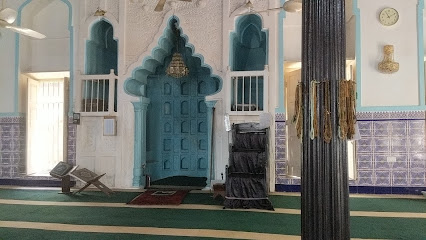
Secret Garden
0.3 km
Experience the flavors of Zanzibar in a serene garden setting at Secret Garden, the perfect dining destination in Stone Town.
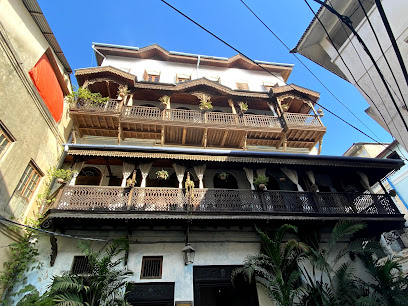
Wonderful Zanzibar Tours
0.3 km
Explore the breathtaking beauty and rich culture of Zanzibar with Wonderful Zanzibar Tours, your perfect travel companion in this tropical paradise.

The Zanzibar Curio Shop
0.3 km
Explore the rich cultural heritage of Zanzibar through unique antiques and handcrafted treasures at The Zanzibar Curio Shop in Stone Town.
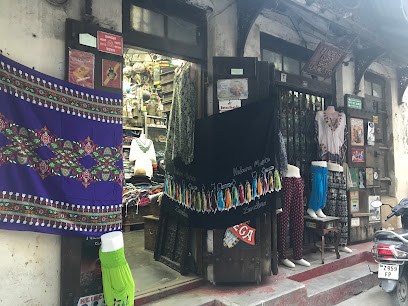
The Beautiful Eyes
0.4 km
Experience the vibrant artistry of Zanzibar at The Beautiful Eyes, a gallery celebrating the island's rich cultural heritage through stunning local art.

The 189 Gizenga House Stone Town Zanzibar
0.4 km
Discover the charm and history of The 189 Gizenga House, a cozy bed and breakfast nestled in the heart of Zanzibar's Stone Town.

Jafferji House
0.4 km
Immerse yourself in Zanzibar's rich culture at Jafferji House, where traditional charm meets modern comfort in the heart of Stone Town.
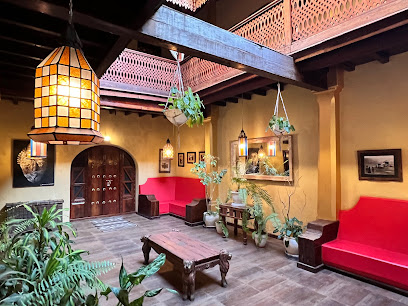
Explore Zanzibar local tour guides
0.4 km
Explore Zanzibar's rich culture, stunning beaches, and hidden gems with experienced local tour guides for an unforgettable adventure in this tropical paradise.
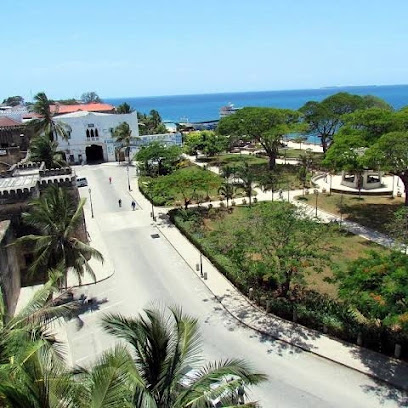
STONE TOWN HOUSE
0.4 km
Discover the charm and comfort of Stone Town House, a perfect retreat in the heart of Zanzibar's historic Stone Town, rich in culture and history.
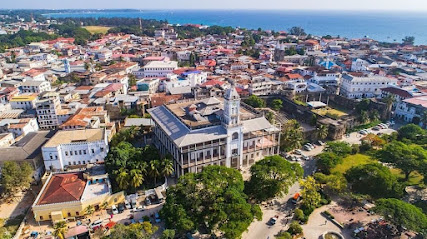
Unmissable attractions to see
Christ Church Cathedral
0.0 km
Explore the architectural splendor and historical significance of Christ Church Cathedral in the heart of Stone Town, Zanzibar.
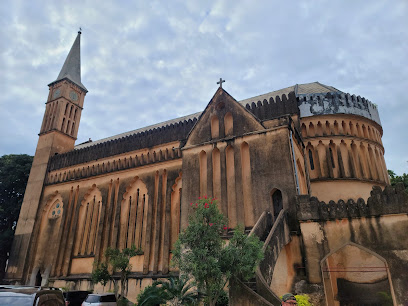
Gos tour in #zanzibar. Get your guide for slave market & Stone town city
0.1 km
Discover the emotional history of the Slave Market Exhibition Museum in Zanzibar, a vital site for understanding the island's past and cultural heritage.
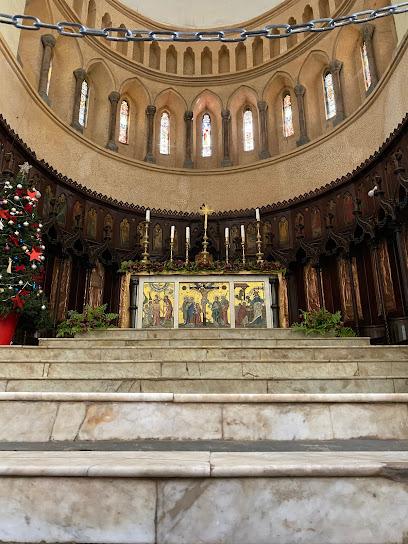
Old Slave Market/Anglican Cathedral
0.1 km
Discover the poignant history of the Old Slave Market and Anglican Cathedral in Zanzibar, a must-visit for understanding the island's rich cultural heritage.
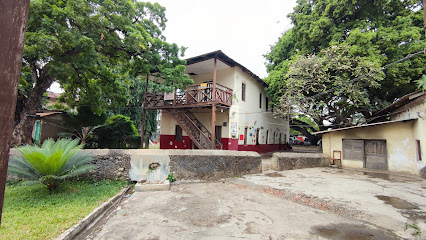
Gos tour in #zanzibar
0.1 km
Explore the Slave Market Exhibition Museum in Zanzibar for a profound journey through history and cultural resilience.

madafu Zanzibar Tours and Safaris
0.1 km
Immerse yourself in the vibrant culture and stunning landscapes of Zanzibar with Madafu Zanzibar Tours and Safaris, your gateway to unforgettable adventures.

Luxury short safari
0.1 km
Explore the stunning wildlife at Luxury Short Safari in Zanzibar—an unforgettable adventure awaits in nature's paradise.

Stone Town
0.1 km
Explore the rich history and vibrant culture of Stone Town, Zanzibar, where every corner reveals a story waiting to be discovered.
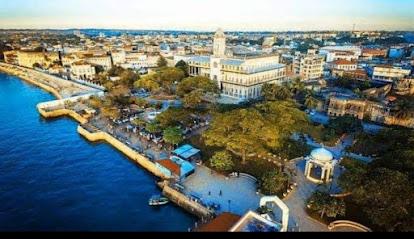
Transfers and excussions by Abdi zanzibar
0.1 km
Explore Zanzibar's stunning landscapes and rich culture with personalized tours from Abdi's Transfers and Excursions, your trusted local guide.

Stone town Zanzibar
0.1 km
Explore the enchanting streets of Stone Town, Zanzibar, where history, culture, and stunning architecture converge in a vibrant coastal setting.
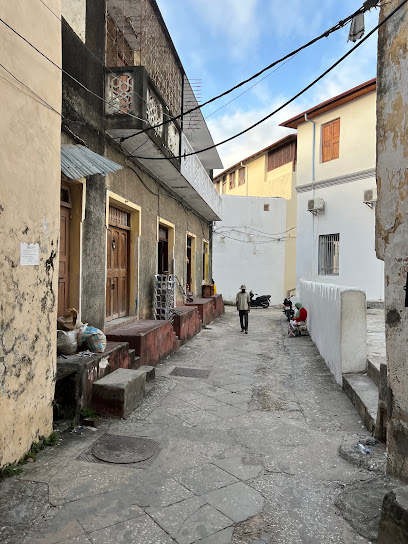
Darajani Souk
0.2 km
Experience the vibrant colors and flavors of Darajani Souk, the bustling market in the heart of Zanzibar's historic Stone Town.

Darajani Bazaar
0.2 km
Experience the vibrant culture and local flavors of Zanzibar at Darajani Bazaar, a must-visit marketplace in Stone Town.

Zanzibar Coffee House
0.2 km
Experience the essence of Zanzibar at Zanzibar Coffee House, where rich flavors and warm hospitality create unforgettable moments.
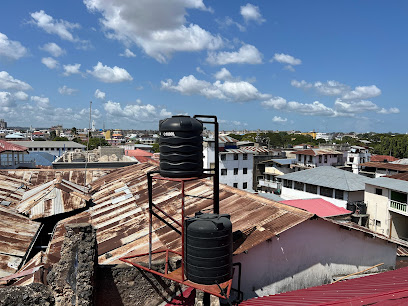
Hamamni Persian Baths
0.2 km
Discover the historical essence of Zanzibar at Hamamni Persian Baths, a unique site blending culture and relaxation in Stone Town.
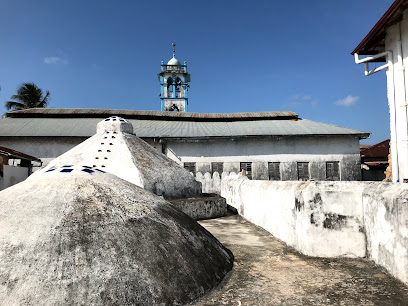
Hamam Persian Baths
0.2 km
Experience the serene luxury of Hamam Persian Baths in Stone Town, Zanzibar, where traditional wellness meets rich cultural heritage.
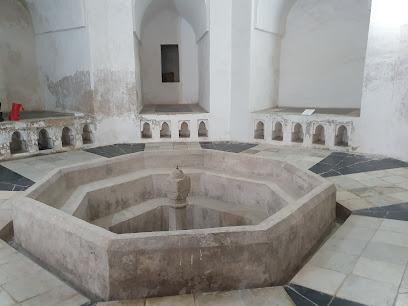
Zanzibar taxi services Outo.car.blog
0.2 km
Discover the enchanting island of Zanzibar with reliable and convenient taxi services, ensuring a seamless travel experience throughout your adventure.
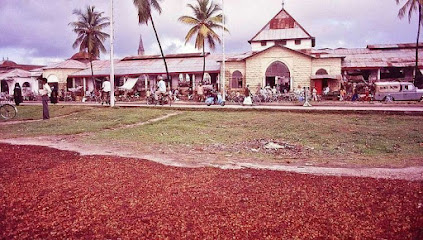
Essential places to dine
Anadolu-Anatolia Turkish Restaurant
0.0 km
Experience authentic Turkish cuisine at Anadolu-Anatolia Restaurant in Stone Town, Zanzibar - where every meal is a celebration of flavor.
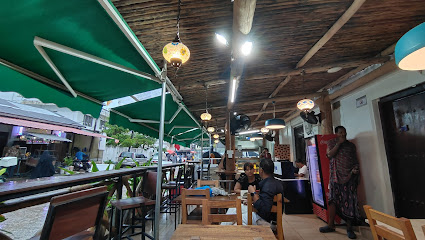
T&B BBQ RESTAURANT
0.0 km
Discover authentic Zanzibari barbecue at T&B BBQ Restaurant – where flavor meets tradition in every bite!
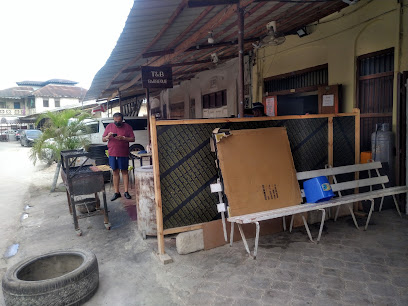
Lukmaan Restaurant
0.1 km
Experience authentic Zanzibari cuisine at Lukmaan Restaurant in Stone Town – where every meal is a flavorful adventure.
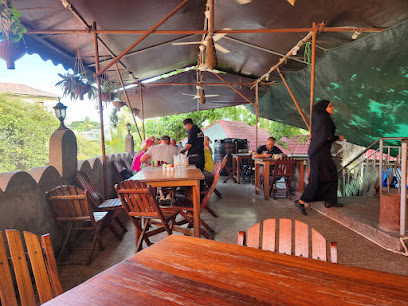
Seven Spice Restaurant
0.1 km
Discover authentic Zanzibari cuisine at Seven Spice Restaurant in Stone Town – where every meal is a flavorful journey through culture and tradition.
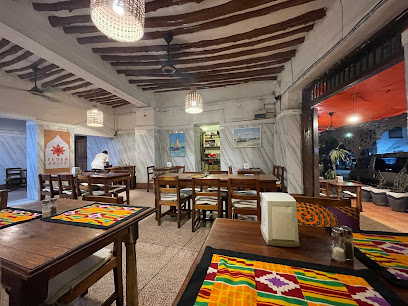
Da Luigi Ristorante - Pizzeria
0.1 km
Discover authentic Mediterranean flavors at Da Luigi Ristorante - Pizzeria in Zanzibar's vibrant Stone Town.
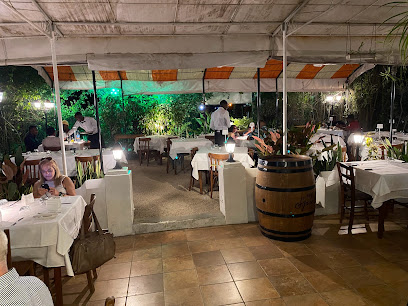
Tasty Bite BBQ
0.2 km
Experience authentic Zanzibari barbecue at Tasty Bite BBQ in Stone Town – where every bite tells a story.

Green Garden Lounge Zanzibar
0.2 km
Experience authentic Zanzibari flavors in a serene garden setting at Green Garden Lounge in Stone Town.
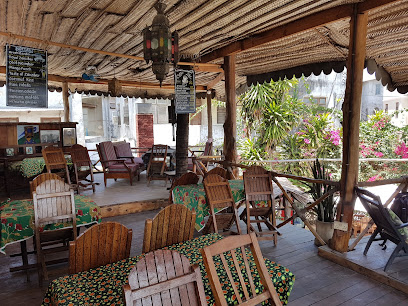
Maija's Restaurant
0.2 km
Experience authentic Zanzibari cuisine at Maija's Restaurant in Stone Town—where local flavors meet vibrant ambiance.

Friendi's
0.2 km
Experience authentic Zanzibari cuisine at Friendi's - a must-visit soup restaurant in the heart of Stone Town.

Papillon
0.2 km
Experience authentic Zanzibari cuisine at Papillon in Stone Town - where every meal is a celebration of flavor.
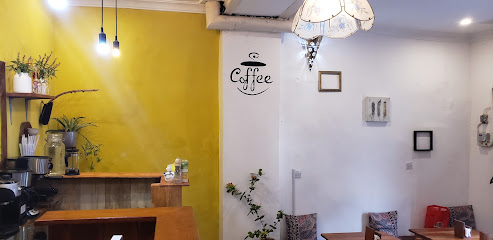
Juicyworldzanzibar
0.3 km
Experience the vibrant flavors of Zanzibar at Juicyworldzanzibar - where every dish tells a story.
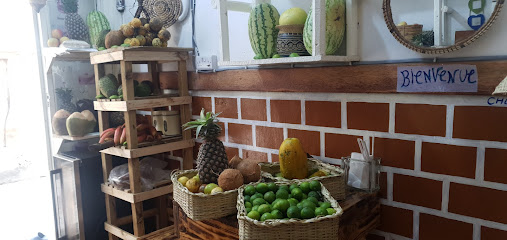
Green Lagoon
0.3 km
Experience authentic Zanzibar cuisine with stunning views at Green Lagoon - your gateway to local flavors and vibrant island culture.
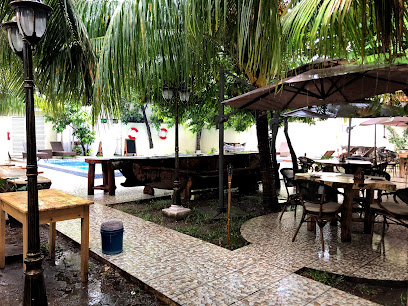
Café Africano
0.3 km
Discover Café Africano in Stone Town: your go-to spot for healthy meals and exquisite coffee amidst Zanzibar's vibrant culture.
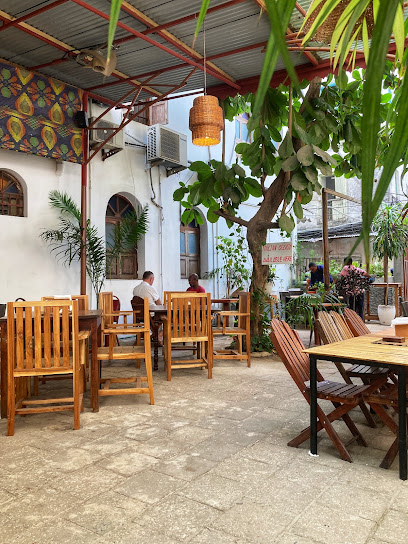
The Train's House Restaurant
0.3 km
Experience authentic Zanzibari cuisine at The Train's House Restaurant in Stone Town - where tradition meets flavor.

Mama Robert Restaurant
0.3 km
Experience authentic Zanzibari flavors at Mama Robert Restaurant in Stone Town – where every dish tells a story.

Markets, malls and hidden boutiques
KITABWALLA BAGS, STATIONARY & TOYS SHOP.
0.1 km
Explore the vibrant Kitabwalla Bags, Stationary & Toys Shop in Zanzibar for unique gifts, local crafts, and a taste of Zanzibari culture.
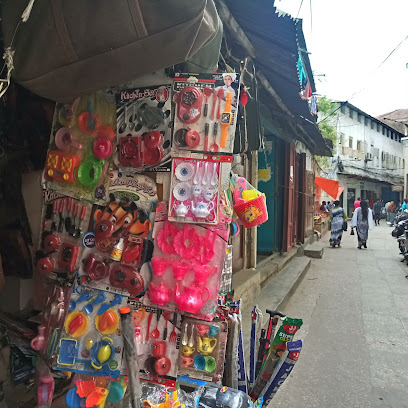
Masomo Bookshop
0.2 km
Explore the rich literary heritage of Zanzibar at Masomo Bookshop, a charming gem in the heart of Stone Town.

Jimax trading
0.2 km
Discover the sweet side of Zanzibar at Jimax Trading, a delightful chocolate shop offering artisanal treats that capture the essence of local flavors.

Mahanjumati Spice
0.2 km
Explore Mahanjumati Spice in Stone Town, Zanzibar - a fragrant paradise for spice lovers and culinary explorers seeking authentic local flavors.

Spices of Zanzibar
0.2 km
Discover the exotic flavors of Zanzibar at Spices of Zanzibar, a must-visit gift shop for spice enthusiasts and culinary adventurers alike.
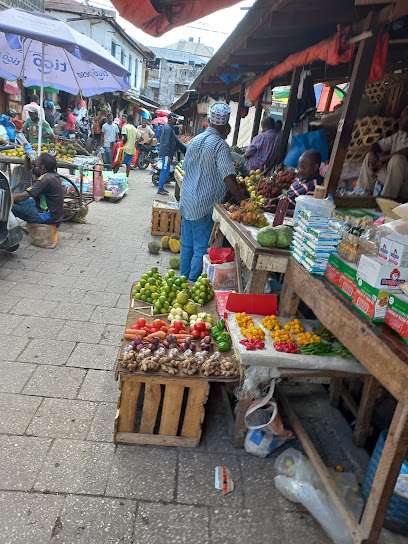
Black sauce zanzibar
0.2 km
Explore Black Sauce Zanzibar for a unique shopping experience filled with local fashion and vibrant textiles in the heart of Stone Town.
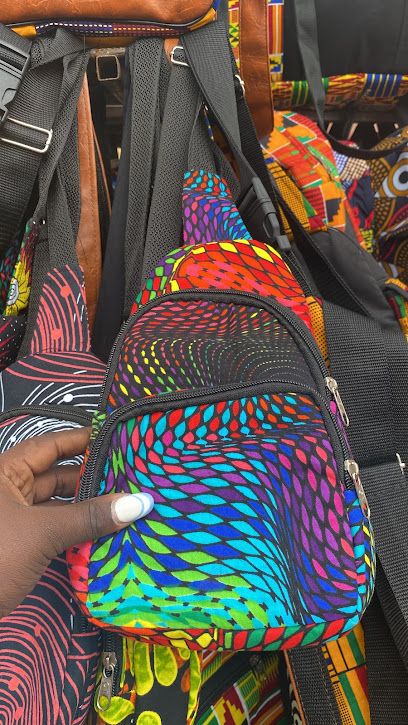
Vape shop near me & Smoke Shop near me & Tobacco shop near me & E Cigarette shop near me & free delivery in Zanzibar
0.2 km
Explore the vibrant vape culture in Zanzibar's Darajani Market with a diverse selection of vaporizers and accessories, perfect for enthusiasts and newcomers alike.

Fivestar Zanzibar
0.2 km
Explore the enchanting Fivestar Zanzibar, your destination for exquisite perfumes and cosmetics that capture the island's vibrant spirit.
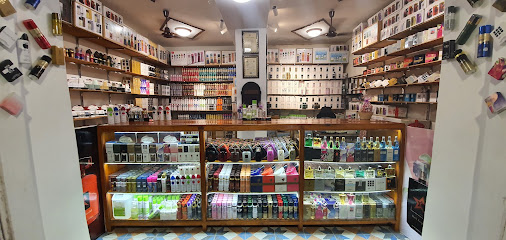
Upendo Womens Store & House
0.2 km
Explore the essence of Zanzibari fashion at Upendo Women's Store & House, offering unique clothing that celebrates local culture and artistry.
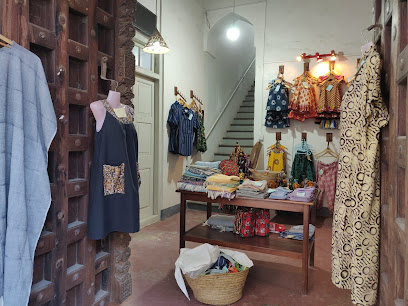
Shabbir Store
0.2 km
Discover Shabbir Store in Stone Town, Zanzibar - your convenient stop for essentials, snacks, and local charm in a vibrant historical setting.

Darajani
0.2 km
Experience the lively Darajani Market in Stone Town, Zanzibar, where culture, shopping, and culinary delights come together in a vibrant setting.

Hussein Art. Banana leaves pictures
0.2 km
Explore Hussein Art in Zanzibar for unique gifts and stunning banana leaf artworks, showcasing local creativity and cultural heritage.
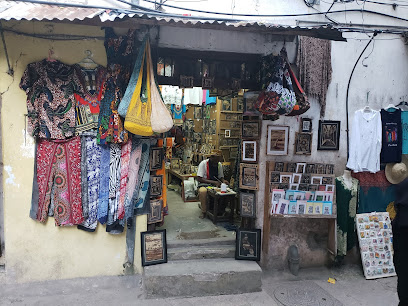
Treasures of Zanzibar
0.2 km
Explore the rich cultural heritage of Zanzibar at Treasures of Zanzibar, where unique local crafts and distinctive clothing await every traveler.

Fadhili Original
0.3 km
Explore the vibrant fashion of Zanzibar at Fadhili Original, a unique clothing store in the heart of Stone Town.

Mwanzo Mpya
0.3 km
Discover unique Zanzibari gifts and cultural treasures at Mwanzo Mpya, a charming gift shop in the heart of Stone Town.

Essential bars & hidden hideouts
KARAOKE COFFEESHOP AT SPICE
0.3 km
Experience the vibrant energy of Zanzibar at Karaoke Coffeeshop at Spice, where lively karaoke meets the finest local coffee in Stone Town.
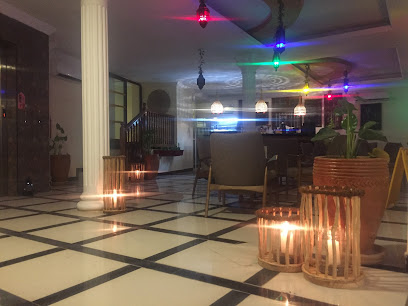
Baraza Shisha Bar
0.4 km
Experience the vibrant nightlife of Zanzibar at Baraza Shisha Bar, where relaxation meets cultural charm in the heart of Stone Town.
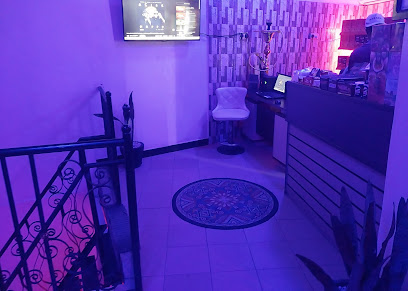
The Rooftop Stone Town
0.4 km
Discover the enchanting rooftop views and local culture at The Rooftop Stone Town, a cozy homestay in the heart of Zanzibar's historic Stone Town.
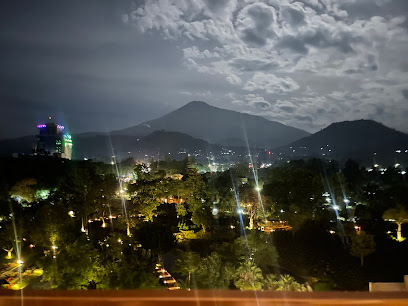
Kisimani Bar
0.4 km
Discover the vibrant charm of Kisimani Bar in Stone Town, Zanzibar – a perfect blend of local culture and refreshing drinks.

Meeting Point Cafe
0.5 km
Discover the vibrant flavors and stunning views at Meeting Point Cafe in Stone Town, Zanzibar - a perfect blend of culture and cuisine.
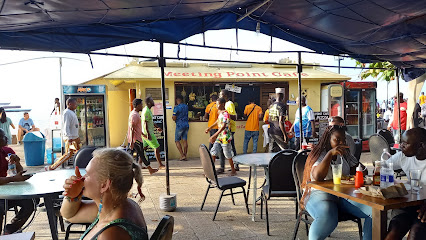
The Sunrise Restaurant
0.5 km
Experience the charming ambiance of The Sunrise Restaurant in Stone Town, Zanzibar, where local flavors and refreshing drinks await every traveler.
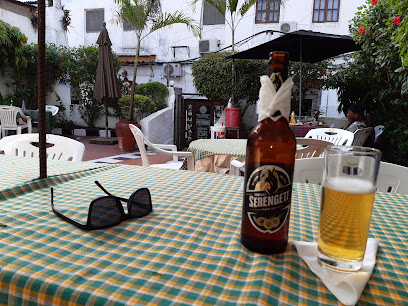
New Monsoon Restaurant
0.5 km
Savor the delightful fusion of local and international cuisine at New Monsoon Restaurant in the heart of Forodhani Garden, Zanzibar.
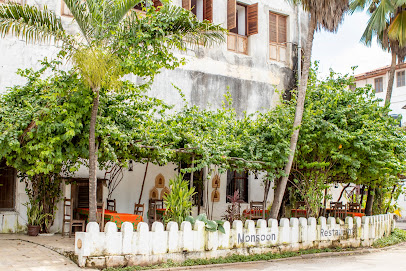
The best local breakfast bar
0.6 km
Experience the vibrant flavors of Zanzibar at the best local breakfast bar in Stone Town, where every meal is a celebration of local culture.
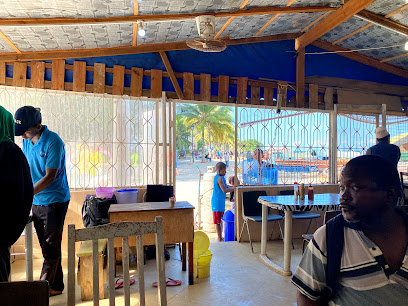
Polos Zanzibar
0.6 km
Discover the lively atmosphere and exquisite cocktails at Polos Zanzibar, a top cocktail bar in the heart of Zanzibar's vibrant nightlife scene.
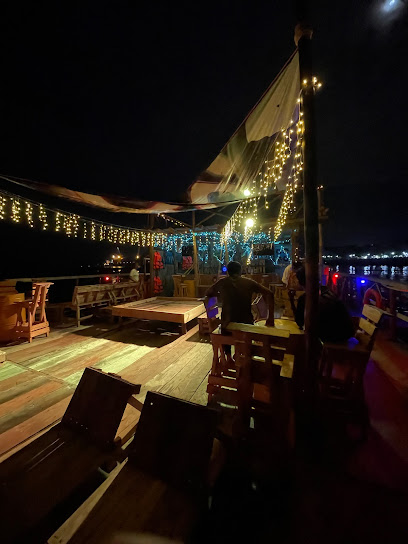
Cape Town Fish Market Zanzibar
0.6 km
Experience the best of Zanzibar's seafood at Cape Town Fish Market, where fresh catches and stunning views create unforgettable dining moments.
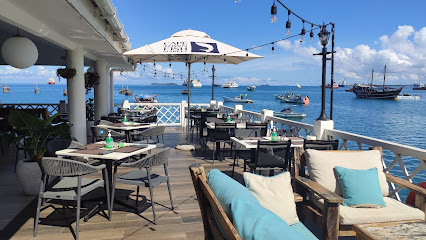
Mercury's Bar
0.6 km
Discover the lively atmosphere and delicious flavors at Mercury's Bar in the heart of Zanzibar's historic Stone Town.
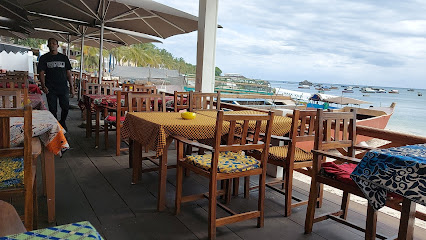
Livingstone Beach Restaurant
0.6 km
Discover the vibrant flavors of Zanzibar at Livingstone Beach Restaurant, where local cuisine meets stunning ocean views for an unforgettable dining experience.
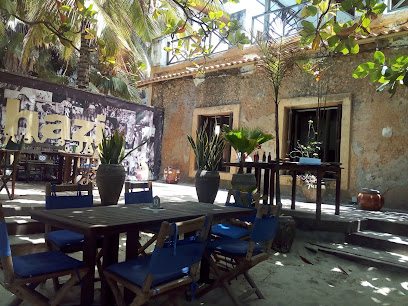
The Sunset Bar - Africa House Hotel
0.6 km
Experience breathtaking sunsets and vibrant flavors at The Sunset Bar, a culinary gem in the heart of Zanzibar's Stone Town.
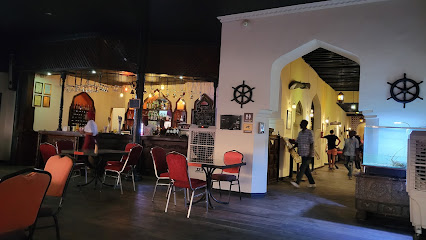
Africa House Hotel
0.6 km
Discover the charm of Zanzibar at Africa House Hotel, where tradition meets elegance in the heart of Stone Town.

Floating Bar
0.6 km
Discover the charm of Zanzibar at the Floating Bar, where stunning ocean views and refreshing drinks create the perfect tropical getaway.
